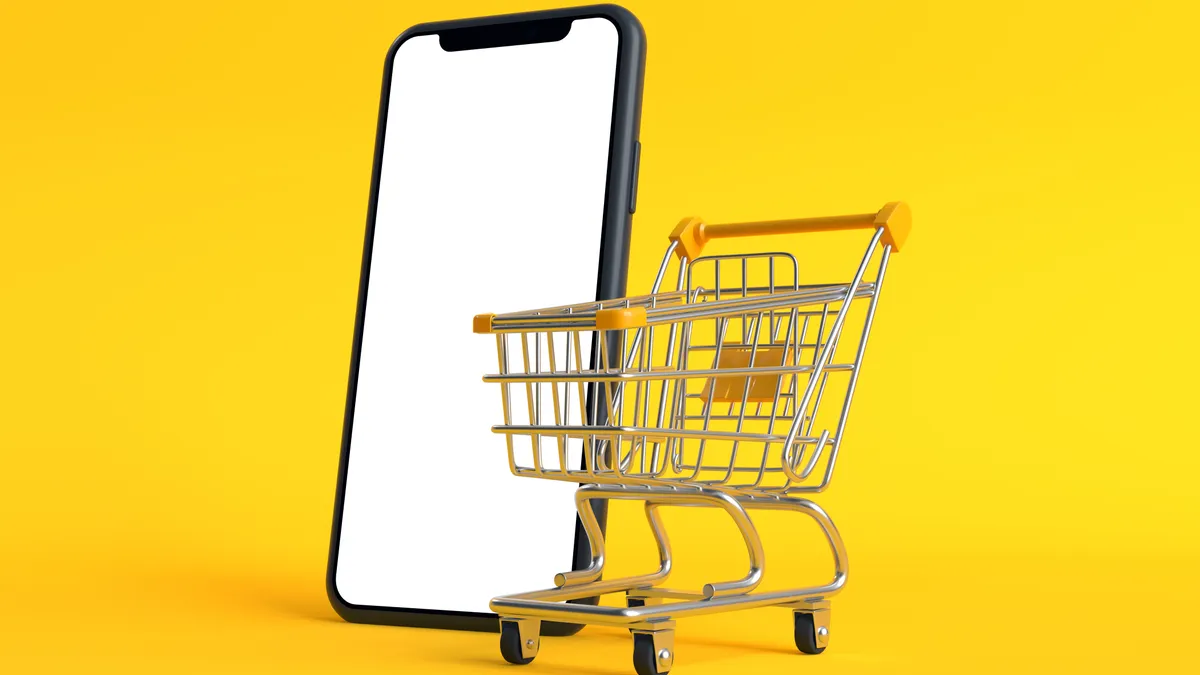If you’re looking for a way to improve customer satisfaction while optimizing costs and boosting your bottom line, take a look at your omnichannel fulfillment capabilities.
Omnichannel fulfillment, which uses multiple channels to fulfill and distribute orders from all platforms, allows retailers to automate, simplify and accelerate order fulfillment. Anyone can sell in multiple channels; but the question is, are you being practical about how you manage orders and inventory (warehouse-to-customer, warehouse-to-store, store-to-store, store-to-customer, etc.)?
In a recent survey of 150+ retail organizations conducted by Deposco and Retail Dive’s studioID, 87 percent of respondents said they recognize the importance and value of omnichannel fulfillment. However, most aren’t very far along in creating these true experiences. Let’s look at why this is, and what you can do to advance your business’s growth with omnichannel.
The state of omnichannel fulfillment
When asked about the status of their own omnichannel fulfillment strategies, 25 percent of retailers indicated complete satisfaction. When you consider the dynamics of the retail industry, including continually intensifying consumer expectations, 25 percent starts to seem like a reach. How can a retailer’s omnichannel fulfillment journey ever truly be complete when new platforms constantly hit the market, same-day delivery gains traction and consumers require increasing personalization to grant brands their loyalty?
In that context, complete satisfaction with omnichannel fulfillment seems difficult — if not impossible — to achieve. Do retailers truly understand what’s possible with omnichannel fulfillment, or are they confused about what it really involves?
If you define omnichannel as simply having a website and physical store, then it’s time to go deeper.
Today’s omnichannel experience is built on sophisticated, unified engagement with customers across all sales channels the consumer uses. Retailers must always be listening to what consumers want — and then pivoting to respond. By eliminating the silos that separate platforms such as physical stores, social media and e-commerce sites, shoppers can seamlessly research, compare, ask questions, read reviews, buy and get support using any combination of platforms they choose.
If your omnichannel fulfillment strategy does not allow you to see all your inventory in one place, what does this do to your bottom line? Can you truly fulfill orders in whatever way makes the most sense, without watching margins shrink? Constant real-time visibility into inventory levels — whether a product is sold in the store, online or through a third-party marketplace — is critical to fully optimizing your inventory investment and being able to adapt to future consumer demands.
For example, if a blizzard prevents a distribution center from shipping out orders, a retailer that uses an omnichannel fulfillment solution can access real-time data to determine whether the orders can be fulfilled from another location and still meet delivery deadlines.
Retailers have begun to realize the essential nature of accurate, cross-channel, real-time inventory capabilities. According to the survey, respondents’ biggest focus for omnichannel improvement in 2023 and 2024 is accurately representing in-store and online inventory in real time.
“For omnichannel fulfillment to work, you must have reliable sources of inventory across every location, and they must be monitored in real time,” says Justin Stone, senior vice president of customer success at Deposco. “A consolidated, flexible inventory solution that can track warehouses, dark store fulfillment centers and retail locations is the backbone to omnichannel. Once you’ve established this, you can build experiences from there.”
Advanced omnichannel fulfillment in action
Luxury clothing brand Psycho Bunny provides a prime example of how inventory can make or break the buying experience.
With omnichannel fulfillment being a key pillar of Psycho Bunny’s business strategy, the company sought a better way to manage inventory across its 60+ stores. They had teams who didn’t know reliably what was in stock (or where it was), what sold, or what had been ordered. So they couldn’t accurately fulfill orders as they came in or determine what inventory was available to sell online. The lack of visibility meant that the retailer frequently struggled with stockouts and lost sales prior to investing in positive change.
They implemented a scalable, cloud-based omnichannel fulfillment platform that offers a suite of applications and services, including inventory and warehouse management, order management and distributed order management (DOM) that could be deployed very rapidly. Psycho Bunny now has real-time visibility into all its inventory across all channels at the same time.
Employees can track numbers accurately to mitigate the risk of stockouts and increase sales. The retailer has also significantly reduced delivery times for customers by fulfilling orders directly from its stores without creating new inventory complications, high shipping costs, or delays.
“A large percentage of Psycho Bunny’s inventory is now available to online sales channels via a scalable system that is on track to support more than 100 physical stores by the end of the year,” says Stone.
Psycho Bunny can efficiently manage its inventory and increase sell-through by leveraging stores as fulfillment centers. As the business continues to grow and consumer preferences change, Psycho Bunny can respond quickly and efficiently.
How does your omnichannel fulfillment progress compare to other retailers? Do you understand the art of the possible with omnichannel fulfillment solutions? Check out our webinar to learn about the state of omnichannel fulfillment, benchmark your performance and discover where your future with omnichannel is headed.










